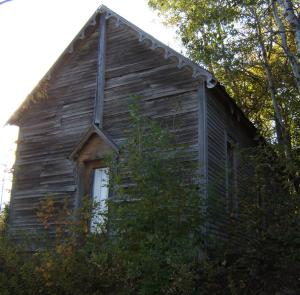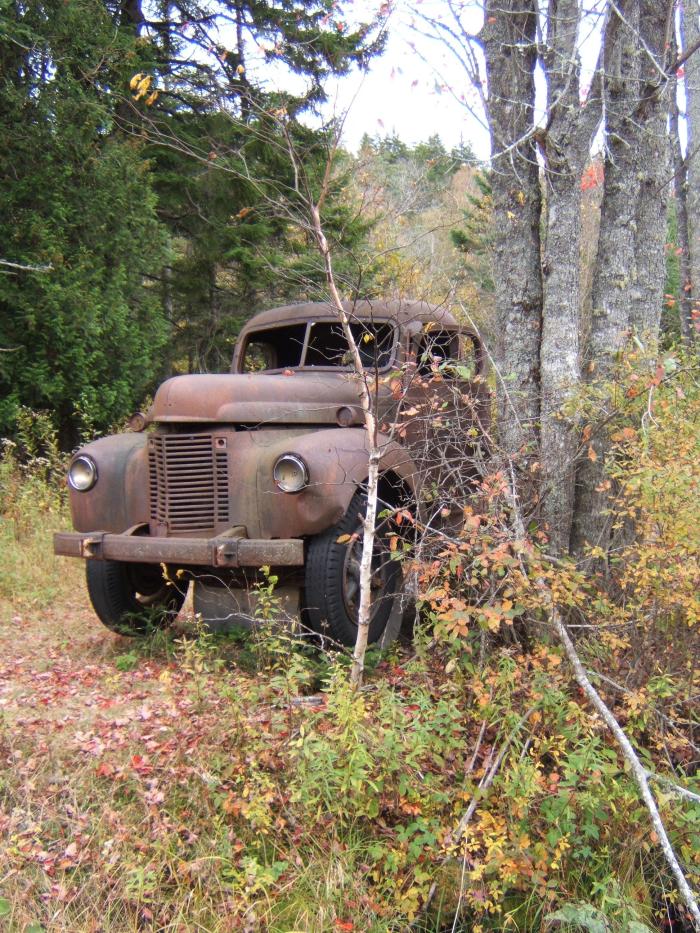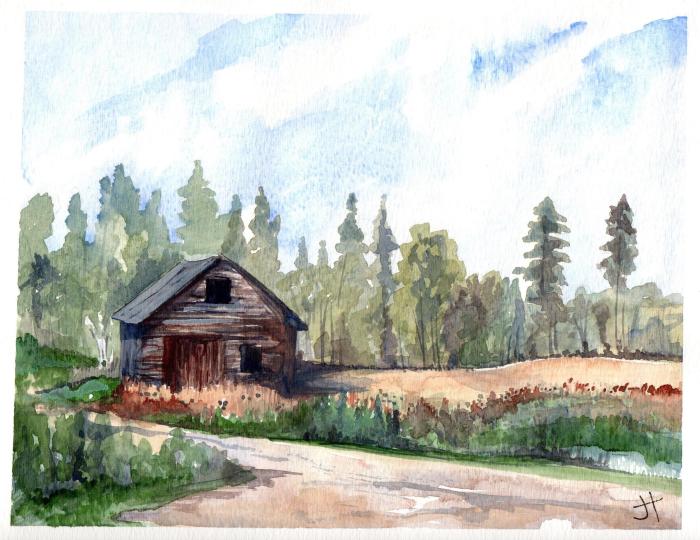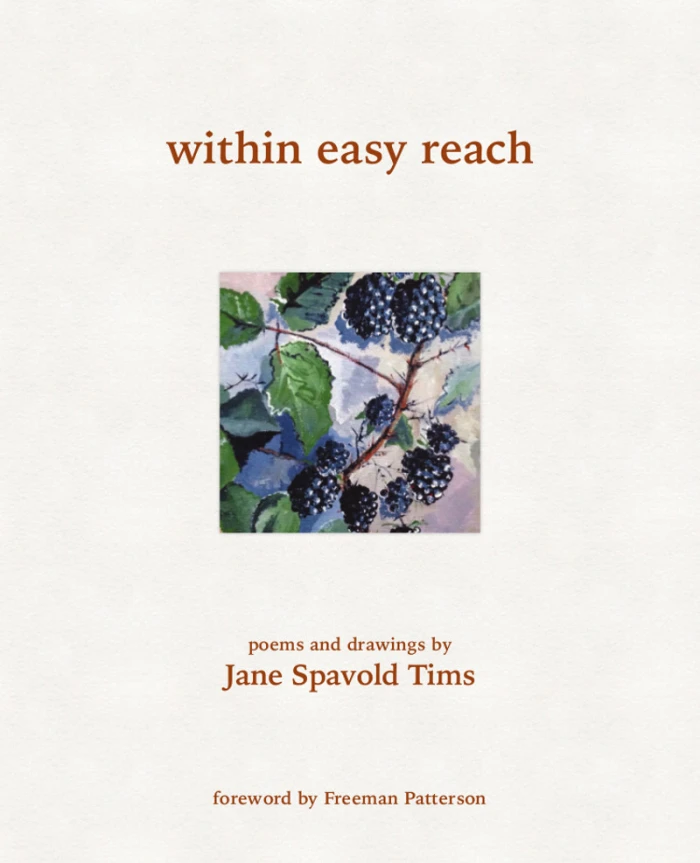first and last and in between
~
This past Saturday, I worked to create a manuscript of some poems I have written on the theme of discarded and abandoned elements of life and landscape.
There are 38 poems in the rough manuscript, making up about 50 pages. The poems are a study of change. They include poems about abandoned boats, roads, churches, toolboxes, sheds, trucks, bridges and so on.
I have published a few of these on this blog … for an example, see ‘Foggy Molly’, a poem about an abandoned boat (https://nichepoetryandprose.wordpress.com/2013/01/30/abandoned-boat/ ).
~
~
Part of creating this manuscript is to put the poems in order. I find it hard to decide how to arrange 38 poems so they flow, one into the other, and so they tell a story.
~
~
1. My first step is to print a table of contents of the rough manuscript. I read each poem through and assign a couple of key words to describe it, jotting these into the table of contents. For my 38 poems on abandonment, I obtained 27 key words. Many of these are shared by various poems, but a few are unique to one or two poems. My key words are, in no particular order:
lost ways, regret, grown over, barriers, evidence, sadness, history, haunted, adaptation, voice, intention, anger, change, memory, denial, improvement, new life, lost function, buildings, items, understanding, cruel, resistance, life/death, shock, keeping past, lost/misplaced, broken
~
~
2. Next, I put everything into a table, with Xs to show which key words fit each poem. This does not take too long to do and helps me consider the meaning of each poem. Below is just a small section of my table:
| Poem Title | lost ways | regret | grown over | barriers | evidence | sadness | history | haunted | adaptation |
| Recovery | X | X | X | X | |||||
| Reason for Leaving | X | X | X | X | X | ||||
| South Nation Bridge | X | X | X | ||||||
| Outfield | X | X | |||||||
| Diverted road | X | X | |||||||
| Invitation to tea | X | X | X | X | X | ||||
| Lane | X | X | |||||||
| Abandoned church | X | X |
~
3. Once I have the table created, I tally the Xs in the columns and decide which key words are most common. Key words occurring in more than 10 poems are shown in bold:
lost ways, regret, Grown over, barriers, evidence, sadness, history, haunted, adaptation, decay, intention, anger, change, memory, denial, improvement, new life, lost function, buildings, items, understanding, cruel, resistance, life/death, shock, keeping past, lost/misplaced, broken
The words that apply to almost every poem usually speak to the theme of the poetry collection: in this case, the words ‘change’, ‘memory’ and ‘lost function’ were very common, no surprise in a collection about things abandoned. Other key words, common to a few poems, suggest possible themes for the sub-sections.
~
~
4. My next step is to look at the key words and see what themes ‘speak’ to me. I also want to have a progression of ideas through the manuscript. In this case, some of the poems are sad and rather hopeless, while some show how abandonment leads to understanding, and, in some cases, to new purpose and new life. From the key words, I selected six sub-sections: ‘lost ways’, ‘decay’, ‘haunted’, ‘broken’, ‘understanding’ and ‘new life’.
~
5. Now comes the long work of re-ordering the manuscript. I create a new document and, one at a time, transfer the poems into their new sections.
~
6. I like to name each section, taking the name from a line in one of the poems in the section. These may change later, but for now, they give me a reference within each group of poems:
lost ways – ‘overgrown …’
decay – ‘left to rust …’
haunted – ‘ghosts are lonely here …’
broken – ‘dry putty, broken glass …’
understanding – ‘the rock to stand on …’
new life – ‘a turn towards horizon …’
~
~
Today, I will begin a read of the manuscript to see how the poems flow within their sections. Many revisions are ahead, but this is my favorite part of the work!
~
Have you ever gathered poems into a manuscript and did you use any particular method to decide the order of the poems?
~
Copyright 2015 Jane Tims


























Yes, Jane – as Carol says, some great ‘practical suggestions, and helpful advice’, but I’ll tell you this. If your stupid poems beat out my obviously inspired, verbally-choreographed, neo-romantic (note I didn’t say ‘post’: still hope for me?) offerings in the upcoming Federation competitions, then … well.. I’ll just quit writing, that’s what I’ll do. Would you be able to sleep at night, knowing the grief you’ve caused?
LikeLiked by 1 person
neil
January 28, 2015 at 8:32 pm
Don’t bother me, I’m Tweeting #bestestpoems
LikeLike
jane tims
January 28, 2015 at 10:59 pm
#stupidpoems?
LikeLike
jane tims
January 28, 2015 at 11:00 pm
I have gathered poems into a manuscript, but in no particular theme order. Probably next time I would…
LikeLiked by 1 person
kiwiskan
January 19, 2015 at 3:12 pm
Hi. The poems in your book Antipodes gradually build, adding idea to idea. I haven’t finished reading it, but I hear echoes of earlier poems in the middle section. You have probably arranged them intuitively. Jane
LikeLiked by 1 person
jane tims
January 19, 2015 at 3:19 pm
Thanks Jane
LikeLiked by 1 person
kiwiskan
January 19, 2015 at 9:47 pm
What an interesting group of pictures. I write so many little poems. They are scattered here and there. Some are so so, some are good and then some I think are quite good. lol
I don’t think I could group them in any special way, but I do think I need to organize them more. I thank you for giving me a little idea. 🙂
LikeLiked by 1 person
ladysighs
January 19, 2015 at 12:52 pm
Hi. Sometimes poems you think are unrelated really do have a theme. Have fun looking at your poems with a new eye. Jane
LikeLiked by 1 person
jane tims
January 19, 2015 at 3:06 pm
What a great way to tease out themes and ideas, the sections form themselves and lead you through. Thanks for this post full of practical suggestions and helpful advice.
LikeLiked by 1 person
Carol Steel
January 19, 2015 at 9:28 am
Hi Carol. What isn’t included in this very step-based approach is to leave room for intuition and the ‘muse’. Jane
LikeLike
jane tims
January 19, 2015 at 11:24 am
Jane, thank you so much for sharing and illustrating your process. I love the key words and grid with the X’s. And I am drawn to your theme. I look forward to seeing more of how your manuscript comes to life. Very Best, Catherine
LikeLiked by 1 person
seedbud
January 19, 2015 at 7:59 am
Hi. Thanks! I am editing this week, and I hope those poems will stay put in their categories!!! Jane
LikeLike
jane tims
January 19, 2015 at 11:26 am